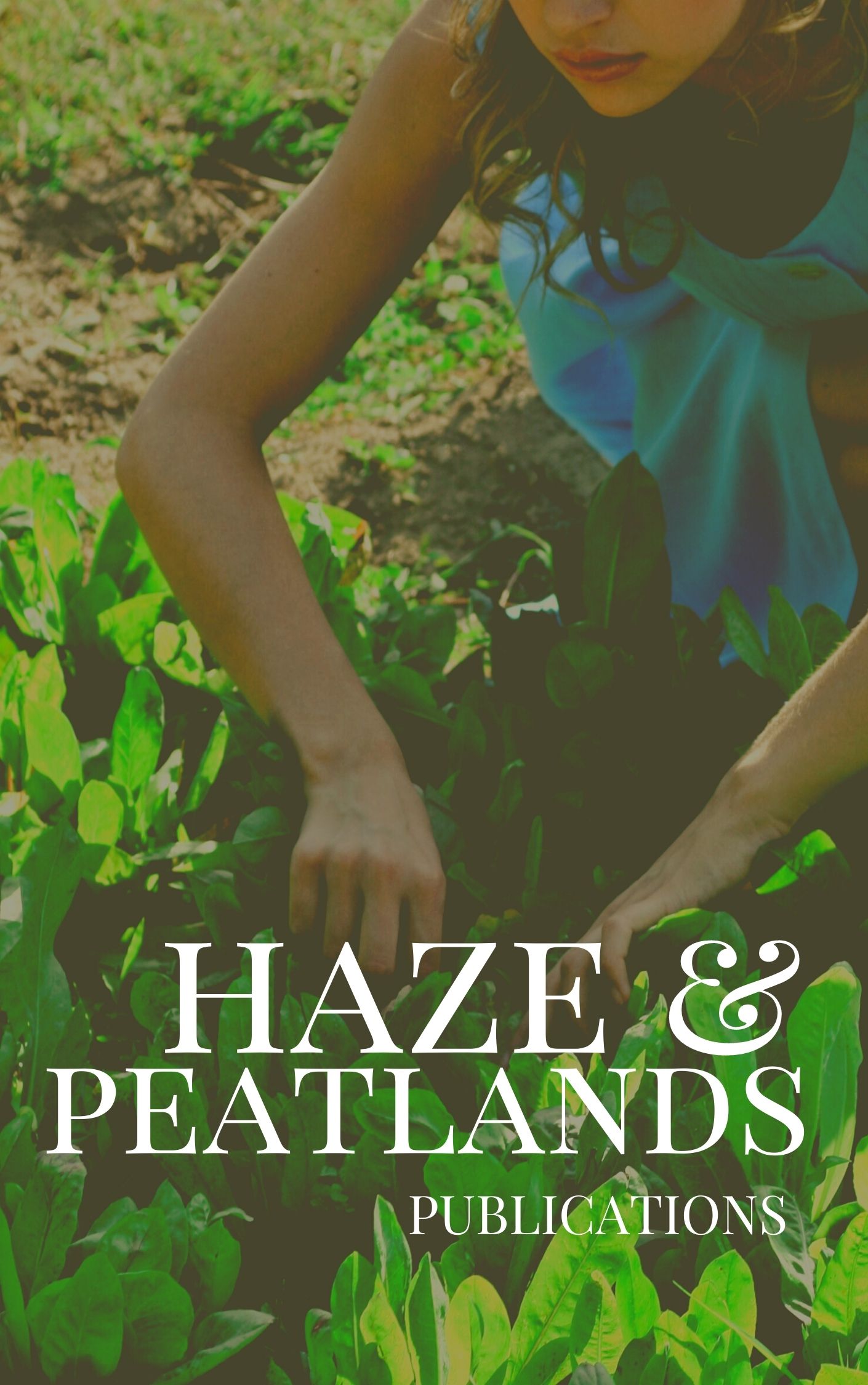The middle Miocene Warukin Formation in the Asem-Asem Basin (Kalimantan) contains a 20-m-thick coal seam (BL1) that is mined at the Jumbang mine. The seam, formed in a tropical peat, was studied to reconstruct the peat-forming environment and to compare its characteristics with those of similarly aged tropical coals from the Tutupan mine in the Barito Basin (Kalimantan) and similarly aged (similar to 15 Ma) subtropical coal from the Leoben Basin in the Eastern Alps (Austria). Although all coals were formed in ombrotrophic peatlands, the comparison reveals differences in biomarker and maceral composition due to the different climate and flora. The study is based on 22 coal and three non-coal samples, each representing a stratigraphic interval of 0.2 to 1.0 m. The samples were analyzed for ash yield, carbon and sulphur contents, and maceral composition. Organic geochemical parameters were obtained on eight coal samples to obtain information on the peat-forming vegetation. The low-ash, low-sulphur BL1 seam was deposited in an ombrotrophic basinal (coastal) mire. Locally increased sulphur contents in the lower coal bench BL1L demonstrate brackish influence and a near-shore environment. The vegetation was dominated by angiosperms including abundant dammar resin producing Dipterocarpaceae, while the contribution of gymnosperms was negligible. The Tutupan seams T110 and T210, which were formed in kerapah (inland) ombrotrophic mires, have similar ash yields and sulphur contents but contain higher, although still low, concentrations of gymnosperm-derived diterpenoids. In addition, lower amounts of cadinane-type biomarkers and resinite suggest that Dipterocarpaceae were less dominant in kerapah peats. While differences between tropical coals from Kalimantan are minor, major differences exist between the tropical coals and the subtropical ombrotrophic Leoben coal. These include significantly higher concentrations of gymnosperm-derived biomarkers in subtropical peat, lower amounts of resinite due to the absence of Dipterocarpaceae, as wells as lower amounts of leaf- and rootlet-derived macerals. Apparently, fungal activity was also reduced in the subtropical Leoben peat. Surprisingly, the average amount of oxidized plant remains is also lower in the subtropical peat.
View source

